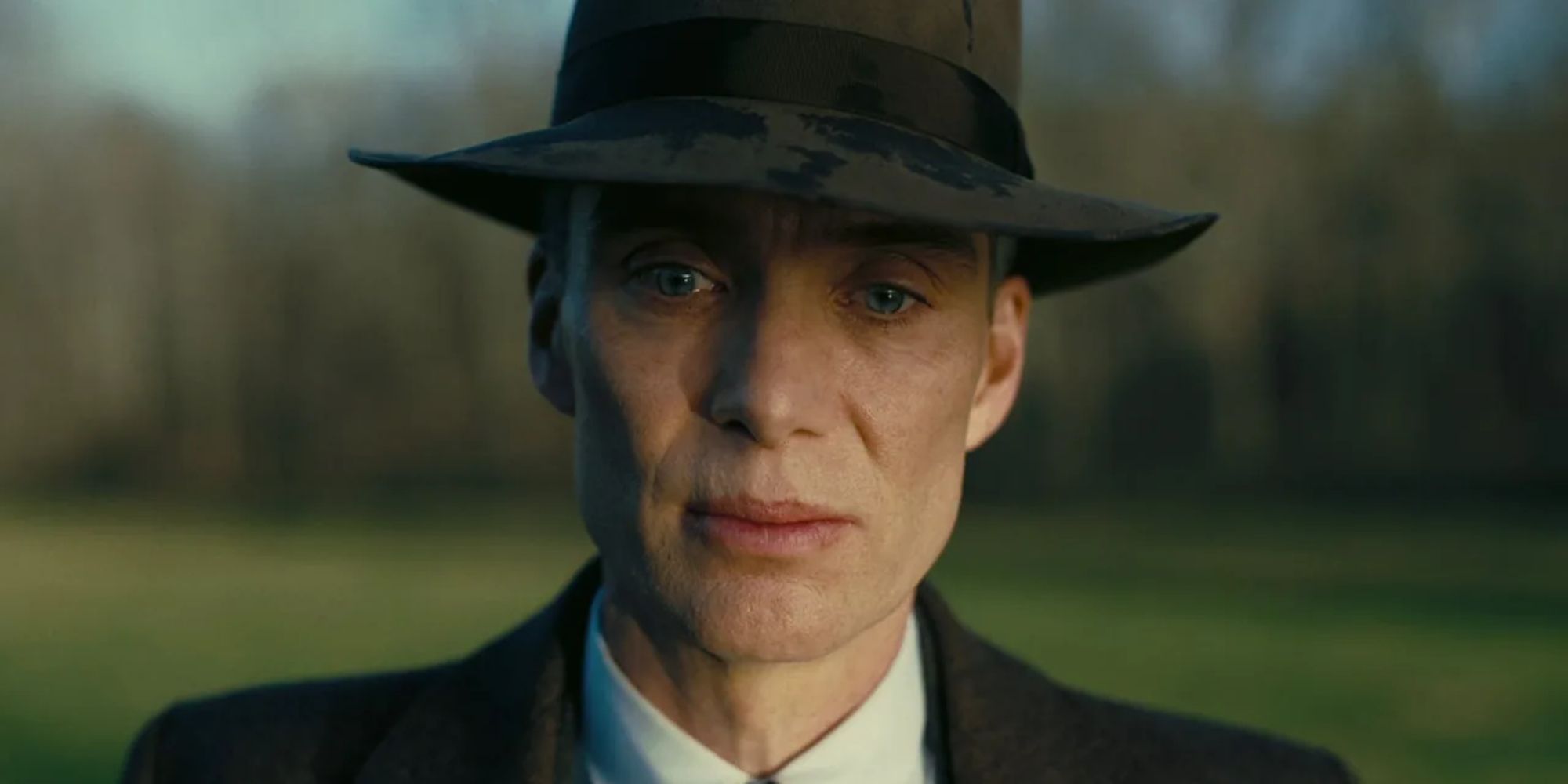The Big Picture
Christopher Nolan’s Oppenheimer brilliantly portrays the complex man behind the development of the atomic bomb and the impact it had on the world. The Trinity Test is the pivotal moment in the film, and Nolan and his team used practical effects to authentically capture the awe and horror of the explosion. By combining various elements like gasoline and aluminum powder, the VFX team created a visually stunning and terrifying mushroom cloud, overlaying multiple shots to enhance the impact of the explosion.
Christopher Nolan’s Oppenheimer is a magnificent portrayal of a complex man and the unfortunate impact he had on the world thanks to his work on the Manhattan Project. J. Robert Oppenheimer, the famed theoretical physicist who helped birth the first atomic bomb. Oppenheimer was the director of the Los Alamos Laboratory during World War II, tasked by the US Government with developing nuclear weapons to help end the war, and was present at the Trinity Test, the first successful detonation of an atomic device.
The Trinity Test is the fulcrum of the entire film, with the work leading up to the explosion as well as the aftermath, politically, morally and emotionally on Oppenheimer, and to ensure the entire thing felt as authentic as possible, Nolan enlisted the help of his visual effects head, Andrew Jackson, to come up with a practical solution in showing the mushroom cloud and the fireball on film without the use of computer generated imagery, which Nolan dislikes using.
Nolan was of the belief that, in order to convey the true awe and horror of what happened, practicality was the priority. In his interview with The Hollywood Reporter, the director claimed that CGI, “…inherently is quite comfortable to look at…It’s safe, anodyne. And what I said to Andrew on Oppenheimer is, ‘This can’t be safe. It can’t be comfortable to look at it. It has to have bite. It’s got to be beautiful and threatening in equal measure.’”
Image via Universal Studios
Blinding Lights and Gasoline
The finished product is nothing short of beautifully terrifying, and Jackson—in an interview with IndieWire—has now gone into great detail to explain how the VFX team managed to pull off a visual miracle, which is fascinating in its simplicity. The team used gasoline, propane, magnesium and aluminum powder to create the blinding light and initial flash of the explosion.
“That big volume of burning fuel tends to make itself into a mushroom shape,” Jackson explained. “We placed it between the practical tower that was built and the camera so that it was scaled by bringing it closer to the camera.” They were shot at 48 frames-per-second with 65mm IMAX and Panavision Panaflex System 65 Studio cameras, with additional detailed sections shot using 35mm cameras at 50 FPS. The final product was stitched together by overlaying 100 shots, made up of over 400 practical elements from a team of more than 150 artists.
“We shot them from different distances and then, in post, we took all of those elements and slowed them down even more so that they appeared much bigger than they were,” said Jackson, “and then layered them over the top of each other, so that we could build a bigger event outta the smaller pieces.”
Meta Data: {“keywords”:”Christopher Nolan, Oppenheimer, practical effects”}
Source link
